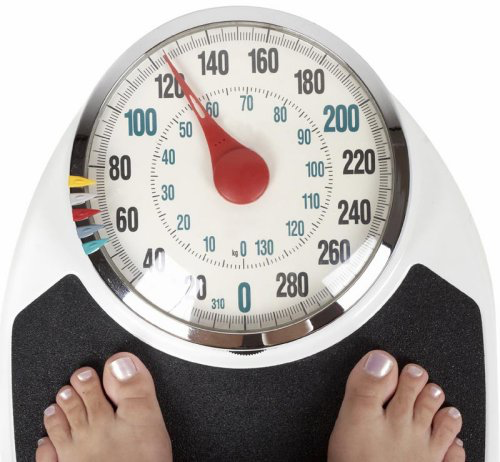Units resulting from a formula or Graph
In all our years of learning maths, we've learnt how to make all kinds of calculations. However, if I told you the answer is $42$42, your initial response may be, "$42$42 what?" That's why units of measurement are really important!
We can use units of measurement to define any physical phenomenon, such as quantities, weights, lengths, areas, volumes and rates. Let's look at some different units of measurement now.

Measurements of Length
Length (distance) is a measurement of one dimension. For example, we could measure from one point to another
Units of measurements for length include millimetres ($mm$mm), centimetres ($cm$cm), metres ($m$m) and kilometres ($km$km).
Measurements of Area

Area is a measure of two dimensions: length and width. Hence, it is measured in square units.
Units of measurements for area include square millimetres ($mm^2$mm2), square centimetres ($cm^2$cm2), square metres ($m^2$m2) and hectares ($ha$ha).

Measurements of Volume
Volume is a measure of three dimensions: length, width and height. Hence, it's measured in cubed units.
Units of measurements for volume include millimetres cubed ($mm^3$mm3), centimetres cubed ($cm^3$cm3), metres cubed ($m^3$m3)
Measurements of Mass

Units of measurement for mass include grams (g), kilograms (kg) and tonnes (t).Mass is a measure of how heavy something. We often refer to the mass of an object as its weight.

Measurements of Capacity
Capacity is a measure of how much something holds, such as how much liquid will fit in a bottle.
Measures of capacity include millilitres (ml) and litres (l).
Measurements in Rates

A rate is a ratio between two measurements with different units. There are any number of combinations of measurement units for rates, such as dollars per kilogram ($/kg), kilometres per hour (km/h) and so on.
Units from Formula
Any formula whose components are measurements will have units attached to each of the pronumerals.
Here is a formula we a familiar with, the speed of an object is a measure of the distance traveled per unit of time.
$S=\frac{d}{t}$S=dt
The units for Speed in the formula are derived from the units used for distance and time. So if the distance is measured in kilometres and time is measured in hours, then the
$\text{Speed (unit) }=\frac{\text{distance (units) }}{\text{time (unit) }}$Speed (unit) =distance (units) time (unit)
$\text{Speed (unit) }=\frac{\text{kilometres }}{\text{hour }}$Speed (unit) =kilometres hour
$\text{Speed (unit) }=\text{kilometres / hour }$Speed (unit) =kilometres / hour
Worked Examples
Question 1
The area of a rectangle is given by $A=l\times w$A=l×w, where $l$l is the length and $w$w is the width. Both length and width must be of the same units when performing the multiplication to find the area.
What would the unit for area be if the length and width are in millimeters?
m2
Acm-km
Bmm2
Cmm
D
Question 2
Adam plotted a point to represent material purchases ($x$x) and the costs involved ($y$y). When Adam bought $140$140cm of material, it cost $\$2.20$$2.20.
What unit is the $x$x-axis using?
cost in dollars of material purchased per meter
Acost in dollars of material purchased per sale
Bmeters of material purchased
Ccentimeters of material purchased
DWhat unit is the $y$y-axis using?
cost in dollars of material purchased
Acentimeters of material purchased
Bcost in cents of material purchased
Cmeters of material purchased
D